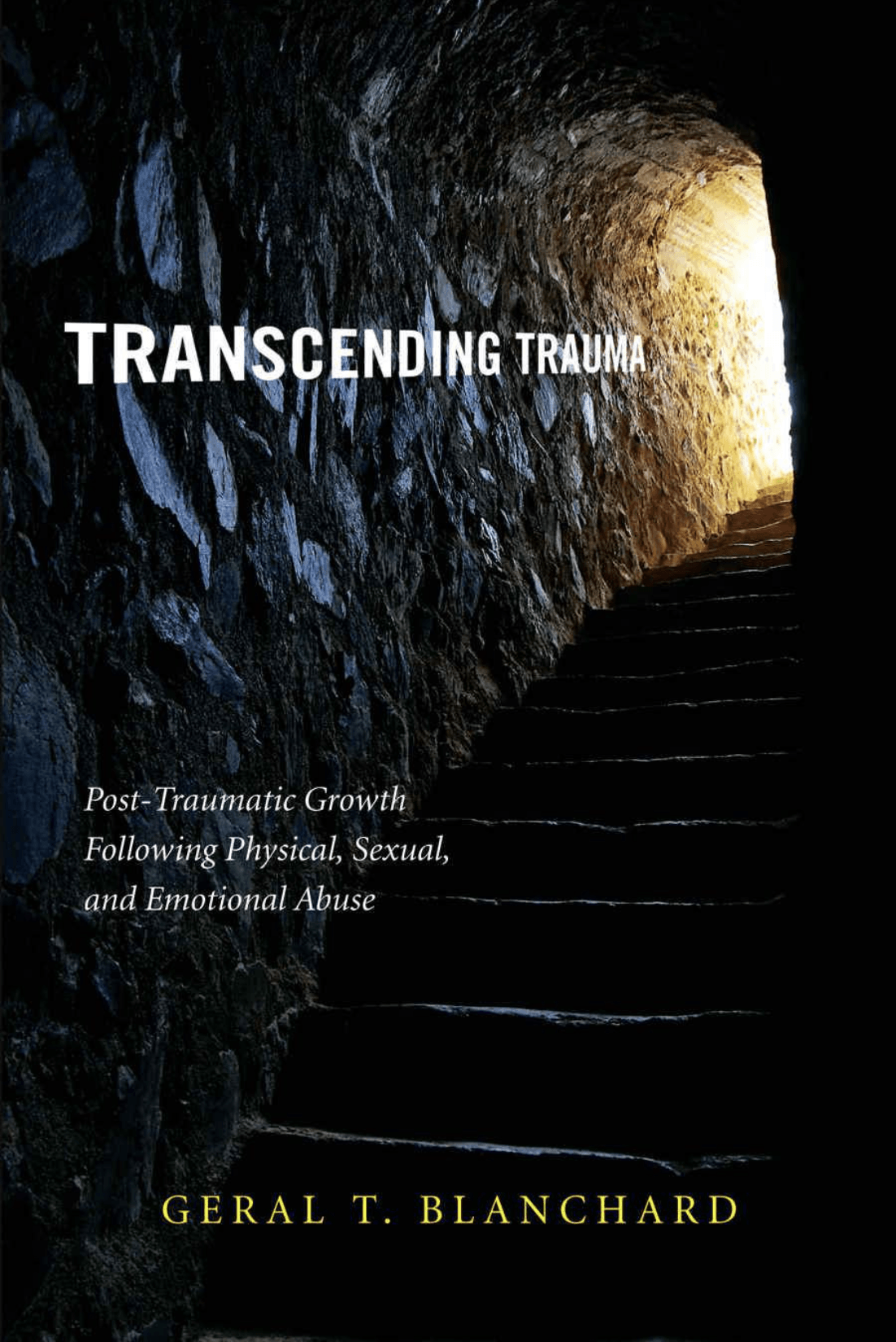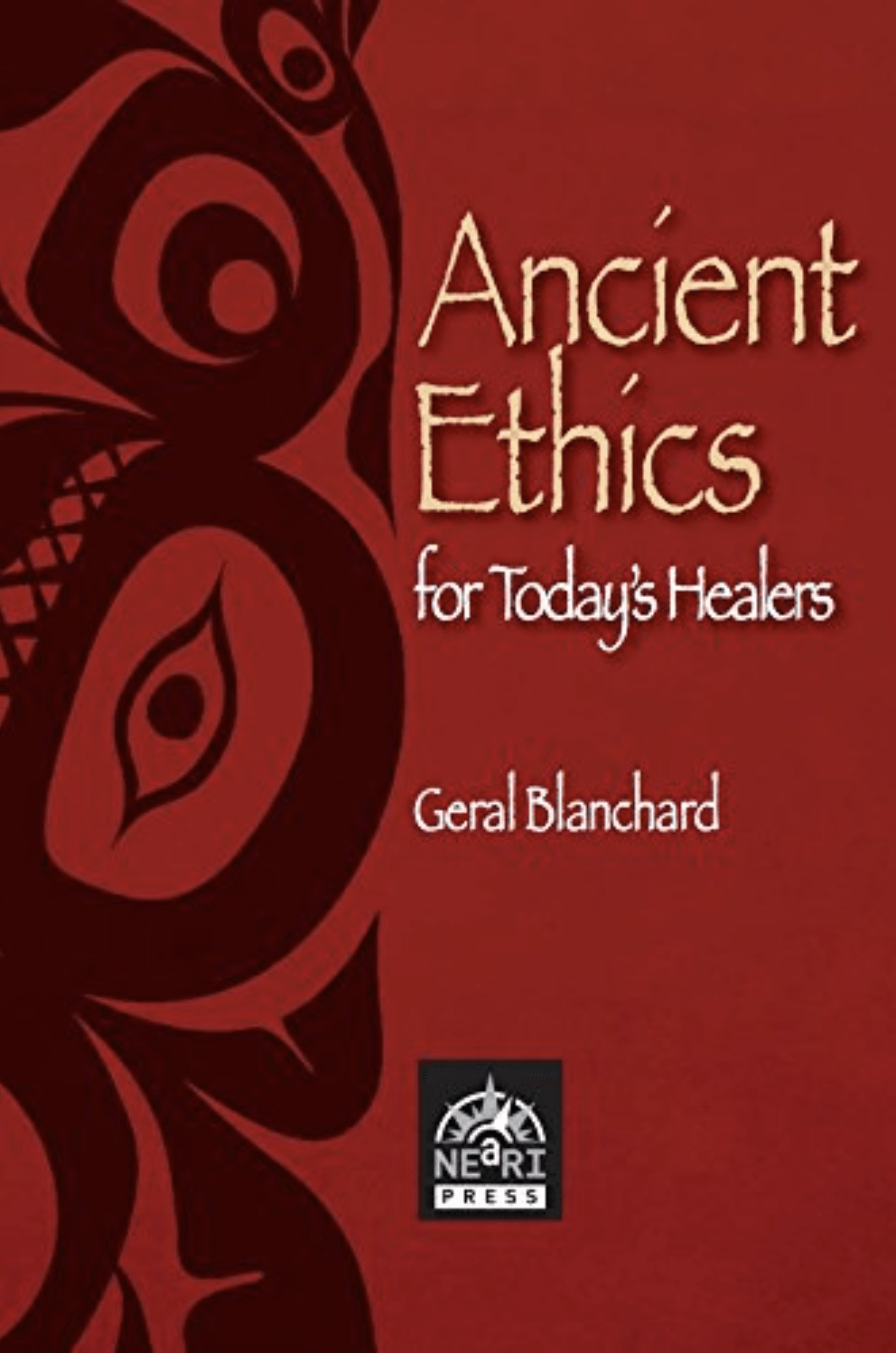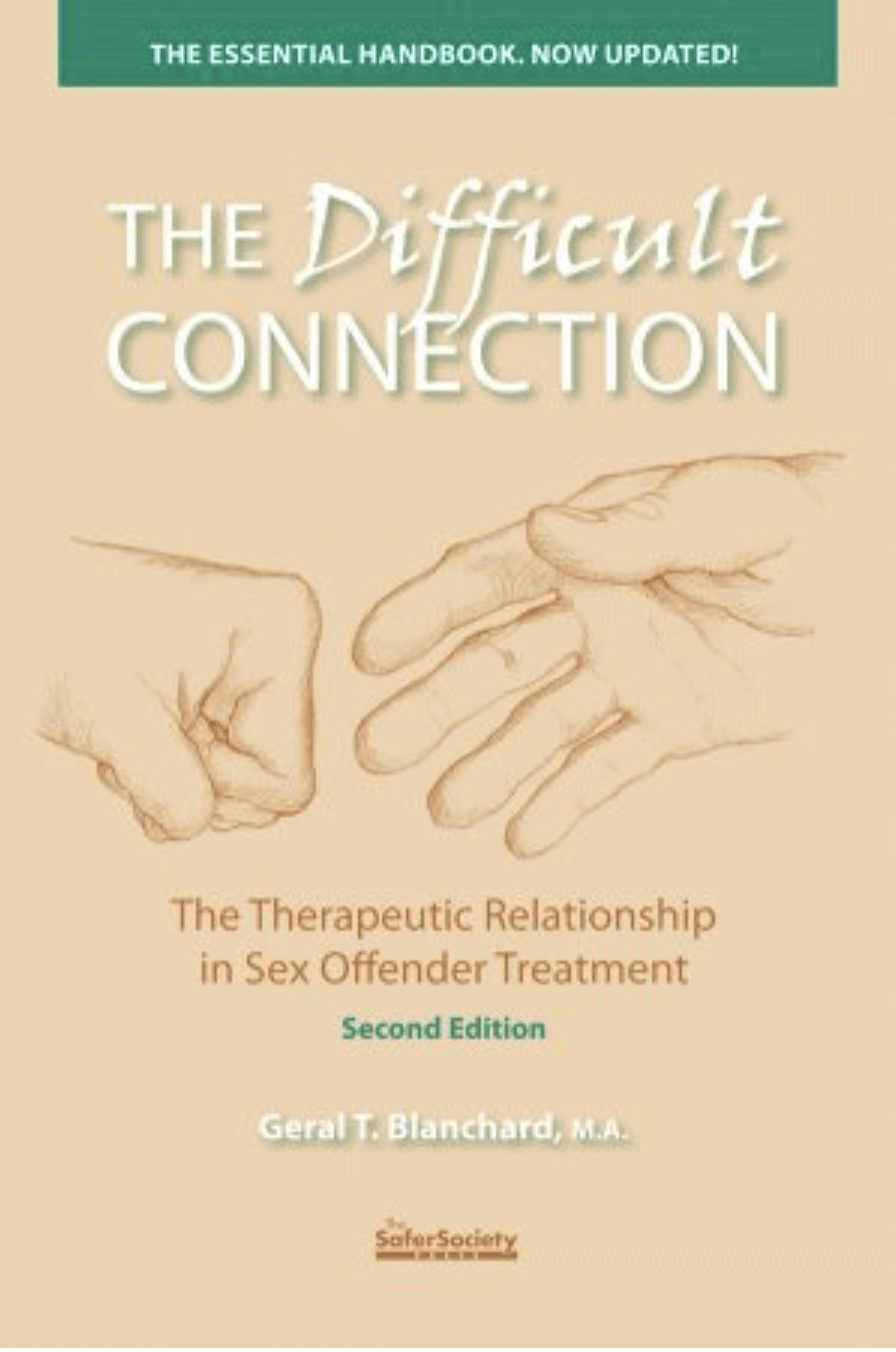Geral Blanchard, LPC, is a psychotherapist who is university trained in psychology and anthropology. Formerly of Wyoming and currently residing in Iowa, Geral travels the world in search of ancient secrets that can augment the art and science of healing. From Western neuroscience to Amazonian shamanism, he has developed an understanding of how to combine old and new healing strategies to optimize recovery, whether from psychological or physical maladies.
MDMA and the Inner Shaman
I have observed how people using this relational empathogen find wisdom and transformative assistance, not from without, but from within themselves.
Once the search for the self-proclaimed shaman in the suburbs has ended, after the Mayo Clinic could not provide personalized care infused with love, and when the last wayfaring guru’s spell persisted for only a couple of days, other solutions may be sought by looking inward. This time, health and recovery must finally arise from deep inside the psyche with an uplift that comes from what some people call the
inner physician.
It is the natural human propensity to look toward a stranger for answers to personal problems. Anyone familiar with ceremonial MDMA psychotherapy has witnessed the brilliance that rises to the surface amidst the quiet during an hours-long internal gaze. It is a beautiful thing to witness individuals whose self-esteem had once been devastated by abusers lovingly counsel themselves. Almost always their “advice to self” is profound and offers a guiding personal mythology to live by. Then, of course, comes the requisite maintenance.
Anthropologist Stanley Krippner co-authored a book entitled Personal Mythology. It is about the use of rituals in ceremonies, tapping imagination, and listening to dreams that can help us craft our inner story, one that is far more honest and reflective of our soul than anything society or abusers imposed on us. He references the “Inner Wise Man” or “Inner Wise Woman” that awaits summoning, usually after more traditional life guideposts have disappointed us.
Beyond the confines of cultural myths, a personal myth can be thought of as an updated guiding narrative of how we will position ourselves in the world hereafter, post-abuse that is. It is a new story with an eye for an ending that offers more rewards. A personal myth can be thought of as a roadmap of our own making, unlike an occasionally errant GPS that may take us in circles often ending up right where we started. This guiding narrative doesn’t take us down the well-traveled dead-end streets of the past. It offers a new path.
While authentic shamans are attuned to ancestral wisdom and cultural traditions, they are also adept at tapping intuitive understandings of what the patient sitting before them needs right then and there. They recognize that not always does one-size-fits-all guidance hold our answers. A true shaman isn’t compelled to have their identity wrapped up in mystical mannerisms and garish attire which can be distracting. They want to know you – and help you to know you, without eclipsing your luminosity. Their sacred responsibility is to assist in the development of your Inner Shaman. To help you find the passageway between waking consciousness and an enlarged consciousness (during an altered state) and eventually arrive at the depth where insights and solutions have been slumbering.
This can be done by focusing your intentions and employing your imagination to evoke a primordial sense of personal wisdom that can show up in different forms. It may appear as an elder relative, ancient aboriginal faces, or by encountering the image of Jesus, Mother Mary, the Buddha, an unknown Master, or a wise animal. Be receptive to the image your psyche, your
Inner Shaman, offers you. This occurs while masked, when the figures emerge into your visual field.
This may become a transcendent and transformative event in your life. Be open to this moment as more than a fanciful imaginative journey, it may be a manifestation of your Inner Shamans prescription for health. This is likely a mysterious place of your being that must be noticed, valued, and esteemed.
At this point you have broken society’s stranglehold, and not in the “Graveyard of Discarded Illusions,” you can enter the hidden dimensions of your being. This is not magic, but it is magical how our inner knowing has its own GPS guidance system. Ask yourself, that is your Inner Shaman, “What does this all mean?” and await the answer that percolates up.
From the book Personal Mythology I note recommendations for an “attitude of gratitude” for who we are. An example: “Thank your Inner Shaman for having met you. Use words, gestures, or silent intuitive communication. Recognize your Inner Shaman’s bottomless affection for you and belief in your worthiness. Your Inner Shaman acknowledges your life’s journey and the courage it required. Your survival has qualified you for the wisdom to come.”
**********
“The future is not out there in front of you, but inside us.”
- Joanna Macy
*********
Other Topics
Basics of MDMA
Rituals and Ceremony
Brain and MDMA
Trauma
Heart
Energy Movement
Quantum Physics
Native Cosmologies
Nature
Spirituality/Enlightenment
Kogi Tribe
Books written by Geral T. Blanchard
More Articles



















